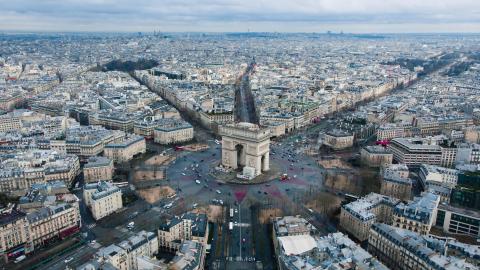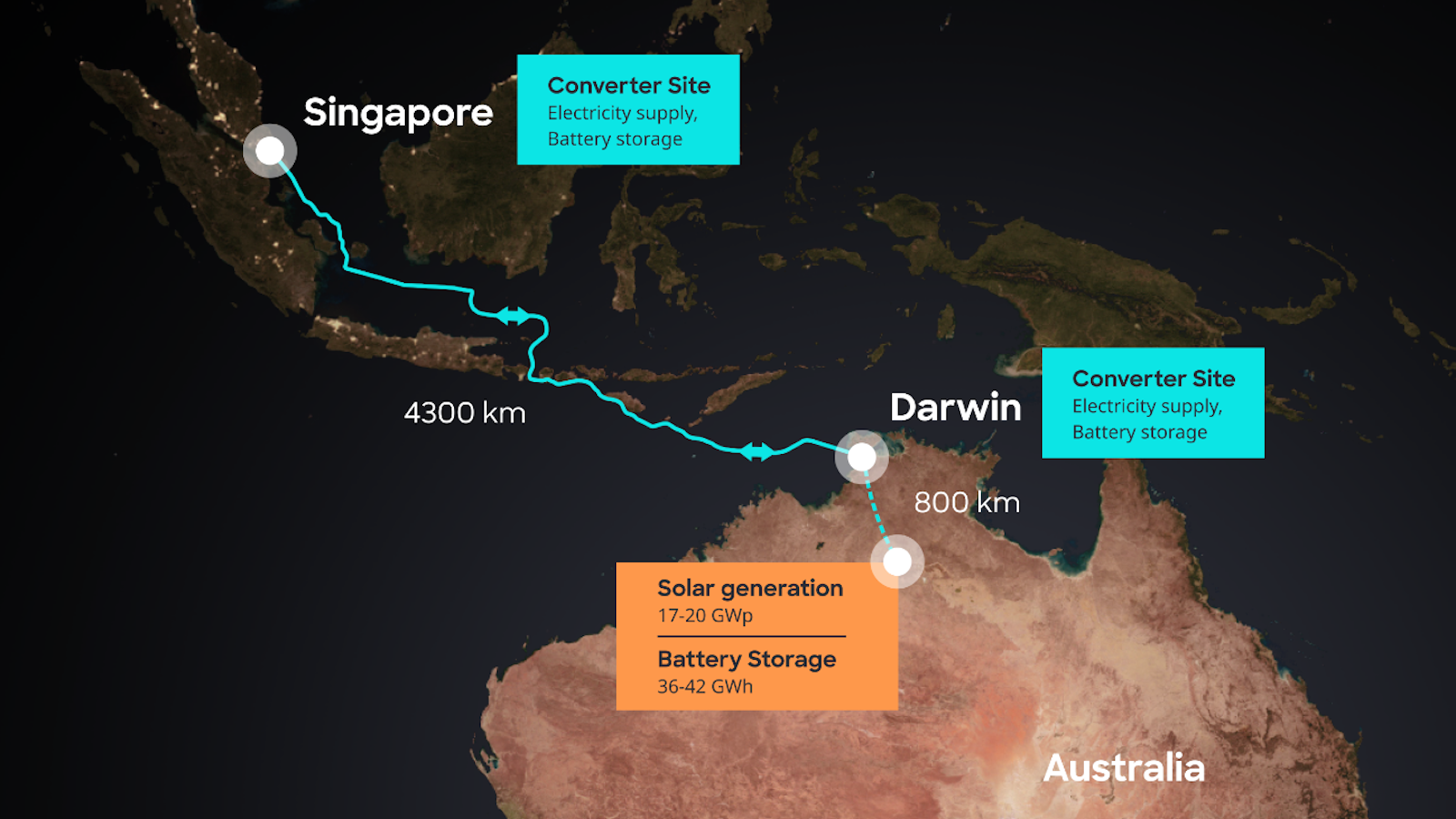Why cities are critical to achieving a carbon-neutral world

Photo by Rodrigo Kugnharski on Unsplash
- Countries, governments and companies are aligning on a need for net-zero – and this is an opportunity to rethink decarbonizing our cities.
- There is no “one-size-fits-all” solution – each city’s needs must be at the heart of developing integrated energy solutions.
- A city can only decarbonize through collaboration between government, the private sector, and local communities.
The world is at a critical juncture. Never has there been a moment where businesses, energy consumers and governments – from Canada to China – are aligning on a common vision like this: a road to net-zero emissions.
In the years ahead the role played by cities will be under greater scrutiny than ever before. Cities are, after all, the beating heart of business, commerce, trade and society. They cover 3% of the earth’s land surface yet they are responsible for more than 70% of all carbon emissions. Cities are where the need for integrated energy solutions, backed up by ambitious policy and urban planning, will be critical if the world is to move towards net-zero emissions in the years ahead.
The private sector has a role to play. Over the past few years, companies and industries have begun to ask how they can play their part. Many in the energy sector are on a mission to help customers decarbonize within their own sectors, businesses, communities and homes. But how could that work for cities?
Co-visioning
While every city has unique needs, five are common to building sustainable and smarter cities of the future. These are mobility, energy, environment, urban planning and living. And it is a mix of these elements that is required to develop integrated solutions. To better understand the different needs, convening a diverse set of city stakeholders is key. This I would like to describe as co-visioning.
For example, in May 2018 the city of Paris set an ambition to be carbon-neutral by 2050. This ambition is not without challenges. Rising levels of income and wealth inequality, transport emissions and older and energy-inefficient building stock are among the challenges standing in the way of that goal.
In 2019, Shell, alongside Leonard (a foresight and innovation platform) and the Organisation for Economic Co-operation and Development (OECD), hosted a City Scenarios workshop in Paris. This event brought together 45 key stakeholders from across both public and private sectors and the wider community, who discussed how to collectively address and meet the objectives of the Paris Climate Action Plan, which aims to make Paris a carbon-neutral city by 2050.
The outcomes of this workshop led to a sketch that explores three scenarios. Each describes different visions of the future for the Paris Metropole, while illustrating a pathway to 2050 and describes progress, or lack thereof, towards the goals of the Paris Climate Action Plan. A short description of each scenario is described in the visual below.
 Three scenarios for the future of Paris (Image: Shell)
Three scenarios for the future of Paris (Image: Shell)
The purpose of this exploration was to guide the wisest possible choices and actions that should be taken now, to achieve the shared ambitions for the Paris region. Far from being a regular commercial opportunity, this instead looked to envision future scenarios and what customers’ needs in the future could look like. This work has enabled us to better integrate solutions in the years ahead.
Integrated solutions
After understanding the needs, one approach to co-innovate solutions is to adopt a ‘Living Lab’ concept. In Singapore, we launched a City Solutions Living Lab to co-create and experiment with city stakeholders’ innovative concepts, scenarios, technologies and business models in actual living environments.
The island city-state is forward thinking in its approach to energy transition. It has set ambitious targets to increase renewables, and announced that it plans to phase out petrol and diesel vehicles by 2040. With this shared vision, Shell partnered Singapore’s Energy Market Authority (EMA) to jointly work on spurring the adoption of energy storage systems to support the deployment of more solar in Singapore. One ongoing project is to work with local enterprises to develop smart energy-management system solutions that integrate solar and storage to provide fast charging for electric vehicles at Shell service stations.
There is no one-size fits all solution. Starting from each city’s needs, integrated solutions need to be innovated and delivered. This will require unprecedented collaboration between government, industry and society. But the urgency has never been greater. After all, making cities sustainable places to live and work for future generations will be imperative if the world is to meet the broader goals of the Paris Agreement and move closer to a net-zero emissions world.
To learn more, please visit the programme webpage and see the recent report Net Zero Carbon Cities: An Integrated Approach.
Reprinted with permission of the World Economic Forum. Read the original article.





